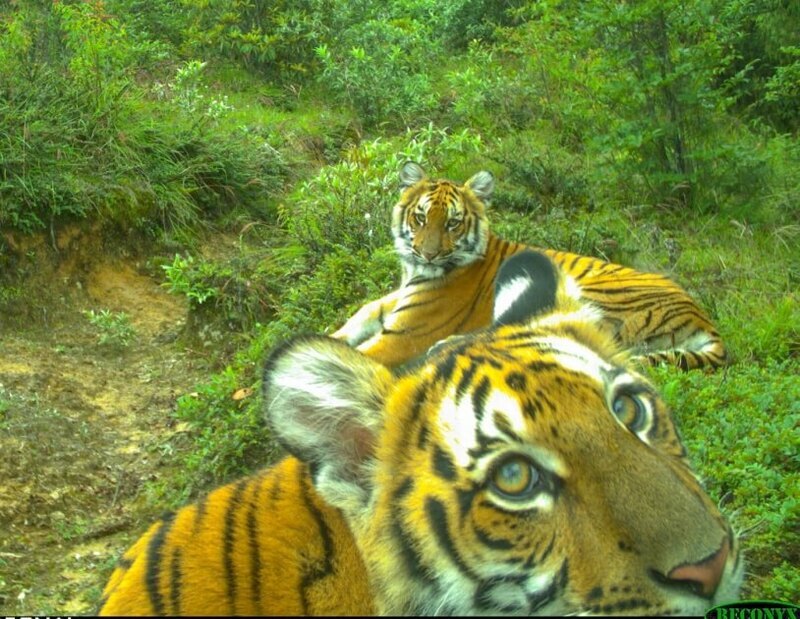
Sweden pledges extra $19m in Loss and Damage Fund
Sweden pledges additional $19 million to the Loss and Damage Fund at the 29th United ...

Climate change is believed to be the main reason behind bringing tigers closer to locals in Bhutan villages in search of water.
Tshering Tempa, Program Director of the Bhutan Tiger Center, said “In recent times, and probably as a result of climate change, tigers have been coming closer to villages to use the same waterholes as the locals.”
Semji, like several other villages in central Bhutan’s Trongsa District, has a tiger problem. Since 2016, tigers have killed more than 600 cattle, including 137 this year.
The United Nations Environment Program (UNEP) has been keen to contribute to maintaining environmental equilibrium through launching the 2020-2023 Vanishing Treasures Program in collaboration with the Royal Government of Bhutan.
The program – funded by the Government of Luxemburg – is meant to understand the impact of climate change on globally endangers tigers, local communities and humant-tiger conflicts.
“Vanishing Treasures seeks solutions to mitigate these conflicts, and is implementing various pilot solutions on the ground, for example, to address the immediate impacts of human-wildlife conflict by creating sustainable compensation mechanisms for villages affected by tiger predation,” says Matthias Jurek, a UNEP mountain ecosystems expert.
Bhutan has an estimated 103 Bengal tigers spread around the country, from sub-tropical plains to temperate forests, to high-altitude alpine meadows. The country provides a critical link between tiger populations in Nepal and northeastern India, helping to keep populations connected and genetic diversity strong.
More than 50 percent of Bhutan is national parks and biological corridors, while the country’s constitution requires the government to maintain a minimum forest cover of 60 percent “for eternity”. These protections, which experts call unparalleled, have led to an increase in wildlife populations.
But, climate change is making conservation a challenge. Like other Himalayan countries, Bhutan has seen rising temperatures and the formation of large lakes from glacier melt. Meanwhile, rainfall levels are more unpredictable, making farming tricky. All these changes are placing pressure on humans and wildlife, changing the way they interact.
Sweden pledges additional $19 million to the Loss and Damage Fund at the 29th United ...
New Chief Executive Officer (CEO) DHL Express in the Middle East and North Africa(MENA) Abdulaziz ...
Lindt & Sprüngli has already achieved a reduction in its carbon footprint in transportation, with ...


اترك تعليقا